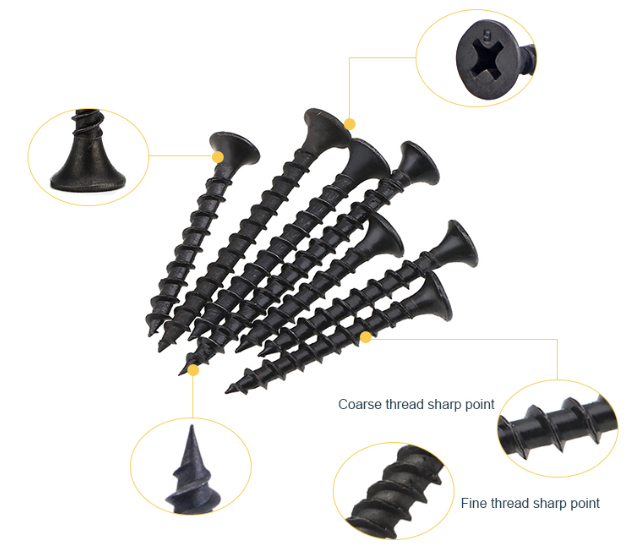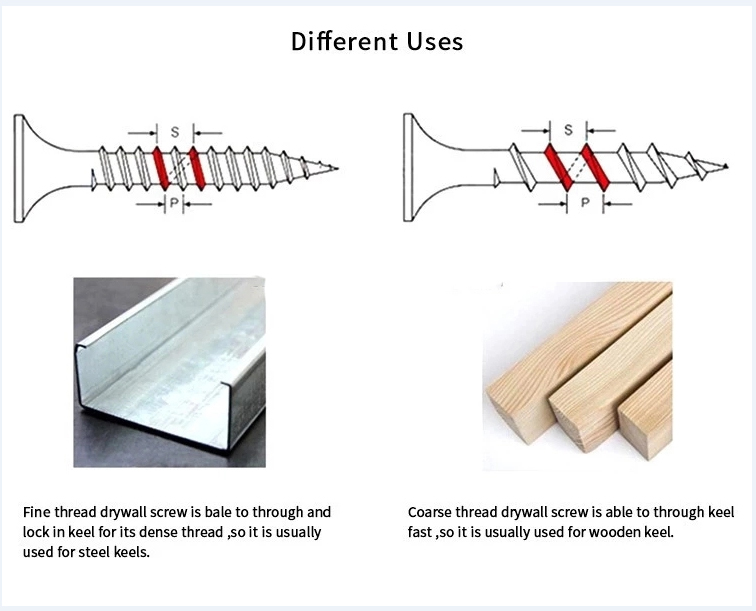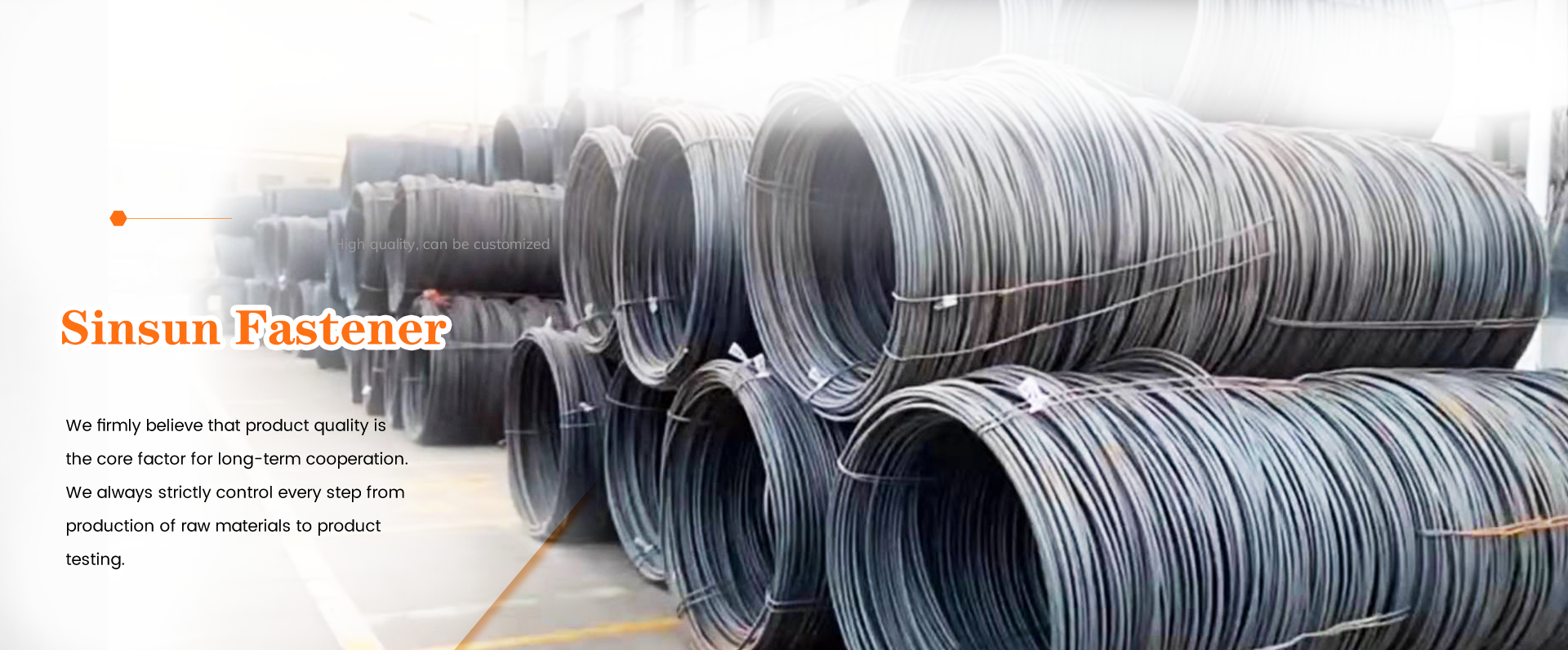Drywall screws
Drywall screws have become the standard fastener for securing full or partial sheets of drywall to wall studs or ceiling joists. Drywall screws' lengths and gauges, thread types, heads, points, and composition at first might seem incomprehensible. But within the area of do-it-yourself home improvement, this vast range of choices narrows down to just a few well-defined picks that work within the limited types of uses encountered by most homeowners. Even having a good handle on just the three main features of drywall screws will help: drywall screw length, gauge, and thread.

Types of Drywall Screws
The two common types of drywall screws are the S-type and the W-type drywall screws. S-type screws are good for attaching drywall onto metal. The threads of the S-type screws are fine and they have sharp points to make surface penetration easier.
On the other hand, the W-type screws are longer and thinner. This type of screw is designed for installing drywall onto the wood.
Drywall panels usually vary in thickness. W-type screws are usually driven into the wood to a depth of 0.63 inches while S-type screws are driven to a depth of 0.38 inches.
If there are multiple layers of drywall, then the screw should have a length enough to drive through at least 0.5 inches into the second layer.
Most installation guides and resources identify drywall screws as Type S and Type W. But most often, drywall screws are simply identified by the type of thread that they have. Drywall screws either have a coarse or a fine thread.

Post time: Nov-14-2020

